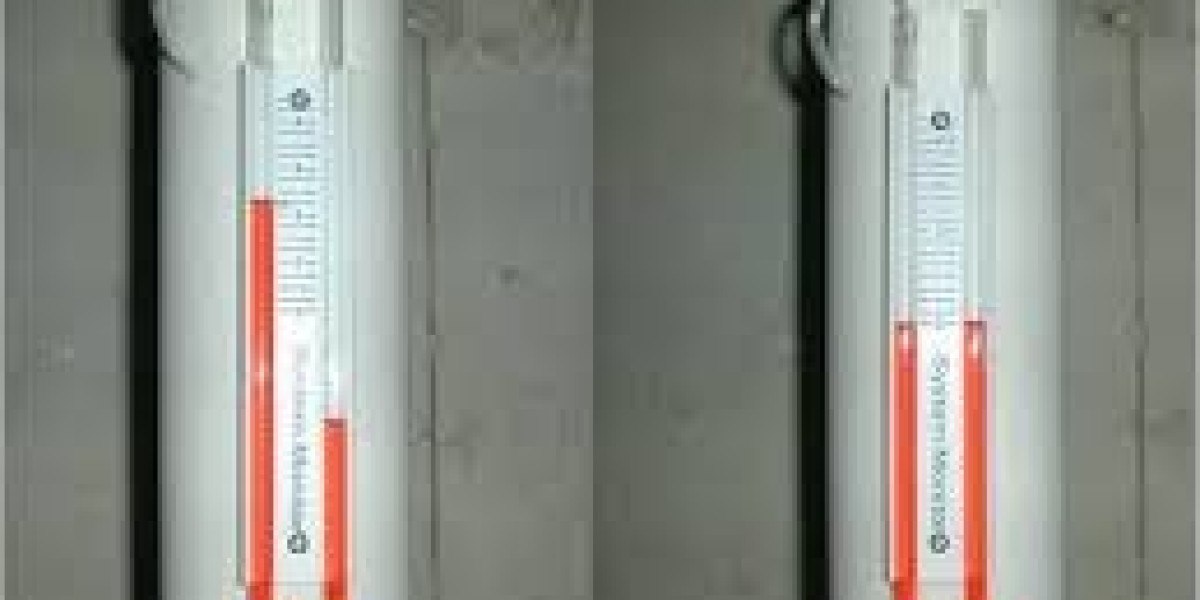Radon is a silent, invisible threat that can seep into your home and impact your health without any warning. That’s why radon mitigation systems are essential in reducing radon levels and keeping your living environment safe. But what happens when your radon system stops working?
If you've noticed higher radon readings, strange noises, or a lack of airflow, you might be dealing with a radon mitigation system failure. In this article, we'll explore common signs that your radon system isn’t working, how to troubleshoot the issue, and when to call in a professional.
Why Radon Systems Are So Important
Before we dive into the problems, let’s get a quick refresher on why these systems matter.
Radon is a naturally occurring radioactive gas that comes from the breakdown of uranium in soil, rock, and water. It can enter your home through cracks in the foundation, sump pumps, or other small openings. According to the EPA, radon is the second leading cause of lung cancer in the United States—right behind smoking.
Installing a radon mitigation system helps reduce indoor radon levels by venting the gas outside your home, typically using a fan-powered exhaust system. But like any mechanical device, it can fail. And when it does, your health could be at risk.
Top Signs Your Radon System Is Not Working Properly
So how do you know if your system is on the fritz? Watch for these warning signs:
1. Your Radon Levels Are Rising
If you have a radon monitor or recently performed a radon test and see an increase in levels above 4.0 pCi/L, that's a red flag. The system may not be functioning as it should.
2. The Fan Is Silent
Radon mitigation fans are designed to run continuously. If the fan is suddenly quiet, it could be a sign of motor failure or a power issue.
3. The U-Tube Manometer Is Off Balance
This small U-shaped device, often located on the system’s pipe, shows pressure levels. If both sides of the U-tube are even, or the liquid has dropped out of view, your system might not be working.
4. You Hear Strange Noises
Humming, rattling, or grinding noises from the fan are signs of wear and tear. The fan may be clogged, unbalanced, or nearing the end of its life.
5. Condensation or Moisture Build-Up
If you notice water inside the vent piping or around the fan housing, your system could be struggling with airflow. Moisture build-up can lead to mold or system damage if left unchecked.
Why Radon Fans Fail
Radon fans are the heart of your mitigation system. Here are some common reasons they give out:
Age – Most fans last 5–10 years.
Weather exposure – Ice, snow, and sun can wear out external fans.
Electrical issues – A surge or wiring problem can short out the motor.
Improper installation – Poor setup can cause the system to work harder than it should.
Troubleshooting a Failing Radon System
Let’s look at how to troubleshoot radon system problems step-by-step:
Step 1: Check the Power Source
Make sure the system is plugged in and the circuit breaker hasn’t tripped. This simple step can save a lot of unnecessary worry.
Step 2: Inspect the U-Tube Manometer
The manometer should have uneven levels, indicating that the fan is pulling pressure. Even levels could signal that the fan is off or not working.
Step 3: Listen for the Fan
No noise? Place your hand on the fan housing or nearby pipe. You should feel a slight vibration or warmth if the fan is on.
Step 4: Examine the Exhaust Pipe
Walk outside and check if air is flowing from the exhaust pipe. If there's no airflow, the fan might be dead or obstructed.
When to Replace Your Radon Fan
You might be able to fix minor issues, but when should you replace the radon fan entirely?
If the fan is more than 7–10 years old
If it’s making loud or irregular noises
If it’s stopped working altogether
If your radon levels remain high despite troubleshooting
Pro tip: Don’t wait too long to replace a failing fan. The longer your home is exposed to high radon levels, the greater the risk to your health.
How to Replace a Radon Fan Safely
While it’s possible for a DIY-savvy homeowner to replace a radon fan, it’s often best to hire a licensed radon professional. If you do attempt it yourself, follow these safety tips:
Turn off power to the unit
Wear gloves and eye protection
Use proper pipe fittings and weather seals
Double-check wiring and electrical connections
Retest your radon levels afterward
Improper installation can lead to leaks or inefficiencies that make things worse.
Other Radon System Issues to Watch For
Not all radon system failures stem from the fan. Here are a few other common culprits:
1. Cracked or Disconnected Pipes
Check all visible vent pipes for cracks or loose fittings. Leaky pipes can compromise the whole system.
2. Blocked Air Inlets
If your system pulls air from a drain tile or sub-slab, a clogged inlet can reduce performance.
3. Poor Sealing Around Foundation
Over time, caulking or sealing around slab cracks and sump pumps can wear out, allowing radon to enter unchecked.
How Often Should You Test Your Radon Levels?
Even with a working mitigation system, you should test your home for radon every 2 years. Use a continuous radon monitor or a short-term charcoal test kit.
After any repairs or upgrades, always retest to ensure your mitigation system is still doing its job.
Professional Help vs. DIY: When to Call in the Experts
While some issues are simple fixes, like replacing a blown fuse or reconnecting a pipe, serious radon system failures should be handled by a certified radon mitigation professional.
Look for contractors certified by the National Radon Proficiency Program (NRPP) or National Radon Safety Board (NRSB).
Hiring a pro ensures:
Safe, code-compliant repairs
Proper fan sizing and placement
Accurate post-repair testing
Preventative Maintenance Tips for a Healthy Radon System
You can keep your system running smoothly with a few simple maintenance steps:
Check the manometer monthly
Listen for odd noises or vibration
Clear debris from the exhaust outlet
Schedule professional inspections every 2–3 years
Re-test radon levels every couple of years
A little upkeep goes a long way toward preventing major failures.
Conclusion: Don’t Ignore a Faulty Radon System
A malfunctioning radon mitigation system can silently put your health at risk. But with some awareness and a bit of troubleshooting, you can catch most issues early. Whether it’s a dead fan, a disconnected pipe, or high radon readings, knowing how to spot the problem is the first step to fixing it.
When in doubt, call a certified radon contractor and get your system back in top shape. Your lungs will thank you. For reliable local support, visit Louisville KY Radon Mitigation and connect with trusted professionals who can help.









